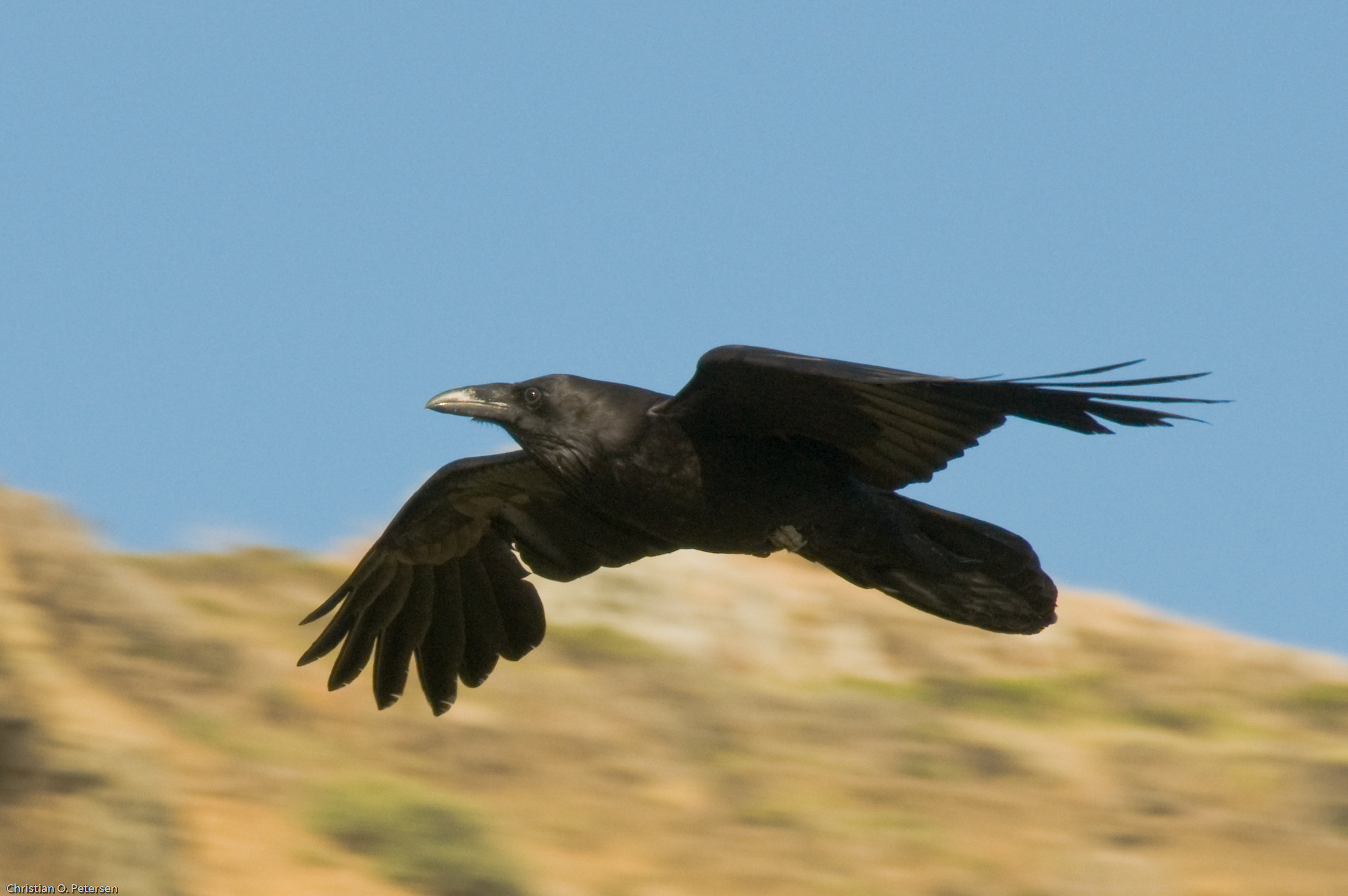Raven: The Mysterious and Intelligent Bird

Introduction
The raven, often depicted as a bird of mystery and intelligence, has captured human imagination for centuries. Known for its striking black feathers and remarkable cognitive abilities, the raven is a creature steepe in folklore and scientific intrigue. This article delves into the multifaceted world of ravens, uncovering their behaviors, habitats, cultural significance, and much more.
The Raven: An Overview
Physical Characteristics
Ravens are large birds, often measuring up to 27 inches in length with a wingspan of about 46 inches. Their glossy black feathers, robust build, and distinctive wedge-shaped tails set them apart from other birds. Ravens possess a powerful beak and strong legs, which they use effectively for foraging and hunting.
Habitat and Distribution
Ravens are highly adaptable birds found across the Northern Hemisphere. They thrive in various environments, including forests, mountains, deserts, and coastal regions. Their ability to live in diverse habitats is a testament to their intelligence and resourcefulness.
Diet and Feeding Habits
Ravens are omnivores with a diverse diet. They consume a wide range of foods, including insects, small animals, fruits, grains, and carrion. Ravens are also known for their scavenging habits and are often seen feeding on roadkill and other remains.
Intelligence and Behavior
Problem-Solving Abilities
Ravens are renowne for their problem-solving skills. Studies have shown that these birds can use tools, solve puzzles, and even plan for the future. Their cognitive abilities are comparable to those of primates, making them one of the most intelligent bird species.
Social Structure
Ravens are highly social creatures, often seen in pairs or small groups. They form strong bonds with their mates and engage in cooperative behaviors, such as hunting and raising young. Ravens also communicate through a complex system of vocalizations and body language.
Playful Nature
Ravens are known for their playful behavior. They have been observe engaging in aerial acrobatics, playing games with other ravens, and even interacting with other animal species. This playful nature thought to be a sign of their high intelligence.
Cultural Significance
Mythology and Folklore
Ravens hold a prominent place in many cultures’ mythologies and folklore. In Norse mythology, ravens are associated with the god Odin, who had two ravens named Huginn and Muninn.In Native American cultures, ravens are often seen as creators and tricksters.
Symbolism
Throughout history, ravens have symbolized various themes, including death, transformation, and wisdom. Their black plumage and eerie calls have made them subjects of both reverence and fear in different cultures.
Literature and Art
Ravens have been feature in numerous works of literature and art. Edgar Allan Poe’s famous poem “The Raven” is a prime example, where the bird symbolizes mourning and loss. Ravens continue to inspire artists and writers, symbolizing mystery and intellect.
Ravens in Modern Science
Research and Studies
Modern science has taken a keen interest in ravens, particularly their cognitive abilities. Research has revealed that ravens possess advanced memory, problem-solving skills, and the ability to understand abstract concepts.
Conservation Efforts
Despite their adaptability, ravens face threats from habitat loss and human activity. Conservation efforts are underway to protect their natural habitats and ensure their populations remain stable.
Interaction with Humans
Ravens have a complex relationship with humans. They are often viewed as pests in some regions due to their scavenging habits, yet they are also admired for their intelligence and adaptability. Understanding and appreciating these birds can lead to more harmonious coexistence.
Frequently Asked Questions
What do ravens eat?
Ravens have an omnivorous diet, eating everything from insects and small animals to fruits, grains, and carrion.
How intelligent are ravens?
Ravens are extremely intelligent, capable of using tools, solving complex puzzles, and planning for the future.
Where do ravens live?
Ravens are found across the Northern Hemisphere in diverse habitats, including forests, mountains, deserts, and coastal areas.
What is the cultural significance of ravens?
Ravens hold significant cultural symbolism, often associated with themes of death, transformation, and wisdom in various mythologies and folklore.
How do ravens communicate?
Ravens communicate using a complex system of vocalizations and body language, which they use to convey information and maintain social bonds.
Are ravens protecte by conservation laws?
Yes, conservation efforts are in place to protect raven populations and their natural habitats, ensuring their survival amid environmental changes.
Conclusion
The raven, with its enigmatic presence and remarkable intelligence, continues to captivate and inspire. From its role in ancient mythologies to its advanced cognitive abilities, the raven remains a symbol of mystery and intellect. By understanding and appreciating these fascinating birds, we can foster a greater respect for the natural world and its incredible diversity.



